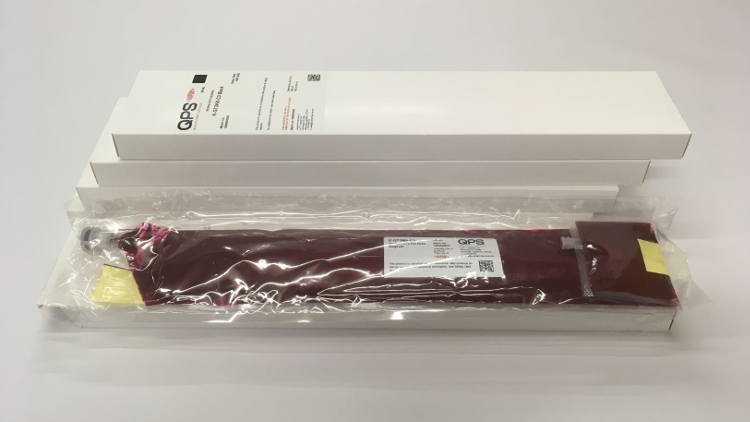LFR / Consumables / Page 73
Ink
Nazdar Ink Technologies will once again be exhibiting at InPrint - the industrial print show - this November, showcasing its wide range of UV-LED, traditional UV, solvent and aqueous ink formulations to attendees.
Quality Print Services (QPS) has announced the launch of a new ink refill solution for Brother GT-3 Series of direct-to-garment (DTG) printers.
Visitors to the forthcoming PRINTING United event in the USA will have the opportunity to see a range of innovative products from SENFA - in an environment designed to showcase how businesses can beat their competition.
Fisher Textiles, the leading supplier of fabric for digital printing, is pleased to present UV2610 Tango, the newest backlit framing systems fabric for UV-curable and latex printing.
Your Print Specialists (YPS) has been appointed as an authorised reseller of the full range of Drytac digital print media and film products.
LexJet has long-been known in the printing and graphics industry as the experts in the photography and fine art space, and now continues its leading role by expanding its line of fine art papers, based on the changing market and demands.








